Animatronics, the integration of robotics and animations to produce motorized figures, has long been used to create lifelike dinosaurs for museums and theme parks. But recent leaps in animatronic technology have allowed for more realistic and dynamically moving robotic dinosaurs than ever before.
Leading dinosaur exhibit companies like Kokoro and Dinosaurs Unearthed are at the forefront of developing incredibly detailed, nimble animatronic dinosaurs. Kokoro’s dinosaur models can snarl, blink, and breathe, with movements so life-like that visitors frequently mistake them for living creatures. These revolutionary animatronics use advanced robotics engineering and molding techniques to achieve fluid, natural motions.
Likewise, Dinosaurs Unearthed’s animatronic dinosaurs showcase some of the latest innovations in bringing prehistoric creatures to life. Their animatronic T-Rex has over 65 motors just to synchronize its body and jaw movements. It can turn its head, sway its tail, and bite down on a hapless animatronic triceratops. The detail work on the dinosaur’s textured hide and the realistic sounds it produces immerse visitors in the experience.
Museums around the world have embraced these cutting-edge animatronic dinosaurs to captivate visitors. Exhibits like the American Museum of Natural History’s dinosaur halls feature numerous Kokoro animatronics. Regional museums and even major sporting venues have hosted traveling animatronic dinosaur exhibits from Dinosaurs Unearthed and others.
While computer generated imagery (CGI) also offers realistic digital dinosaurs, animatronics provide the experience of standing just feet away from a towering, breathing T-Rex. This sense of presence and detail activates visitors’ imagination and curiosity in a unique way. As animatronics technology continues to progress, museum-goers can expect to see even more incredibly lifelike robotic dinosaurs come to life before their eyes. The age of truly believable animatronic dinosaurs has arrived.


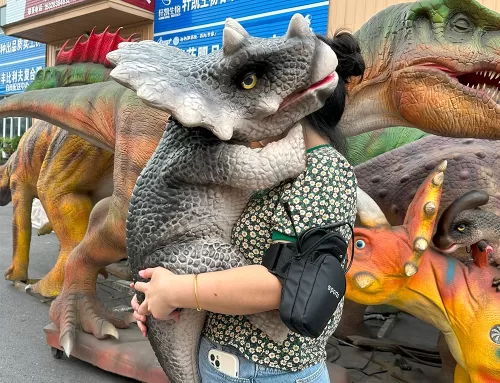

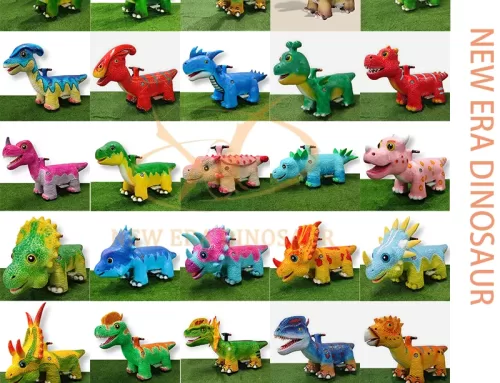
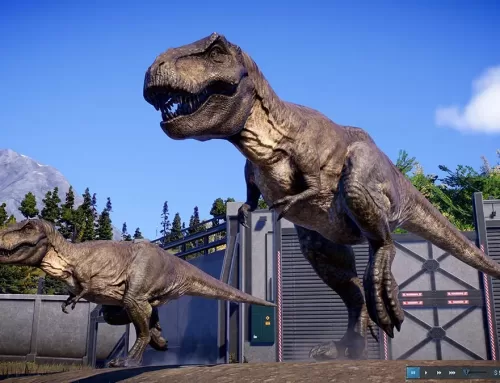



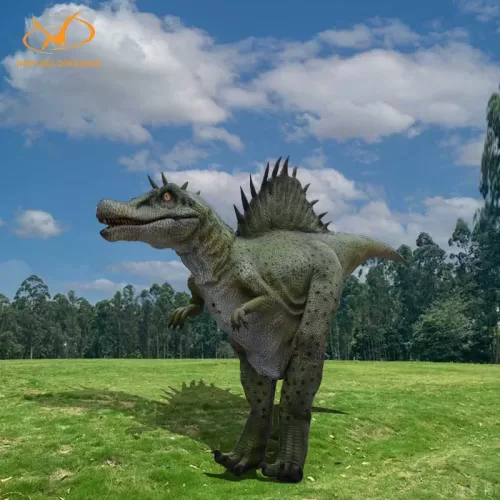

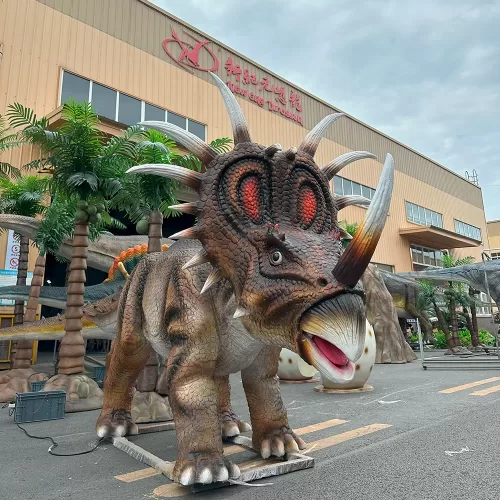
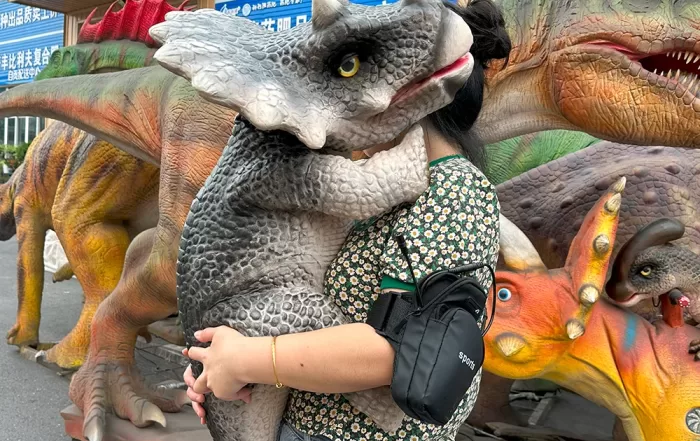
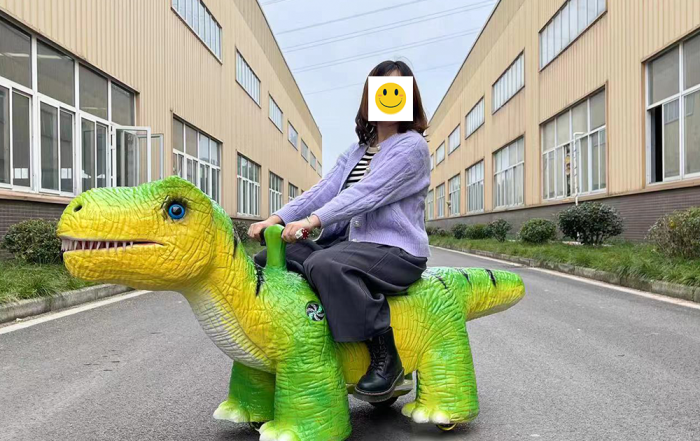
Leave A Comment